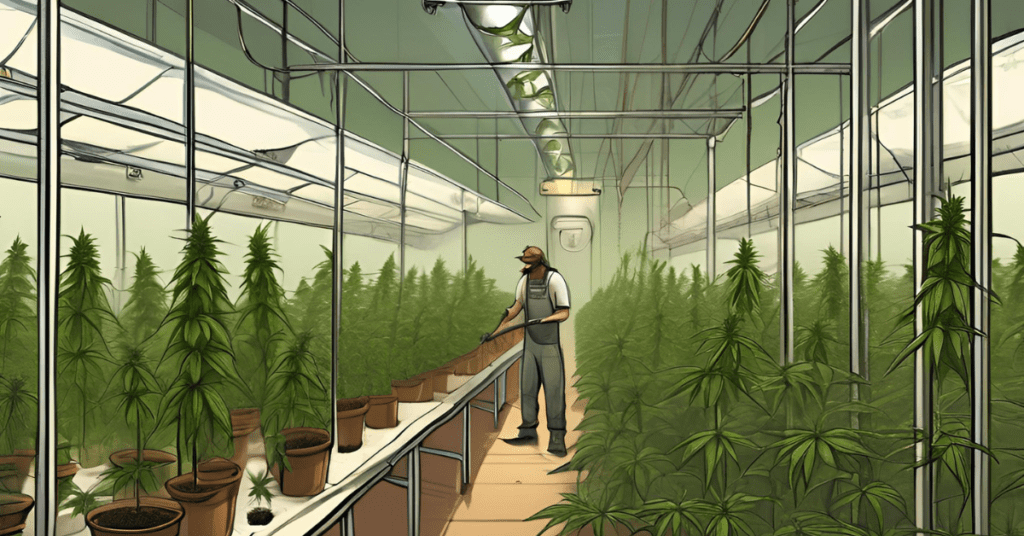In the dynamic world of cannabis cultivation, pheno-hunting has become a crucial practice for breeders and growers seeking to discover and develop the next blockbuster strain. This meticulous process involves selecting the best phenotypes from a batch of seeds, each exhibiting unique characteristics in terms of growth patterns, cannabinoid profiles, and terpene content. As the cannabis industry continues to evolve, pheno-hunting remains at the heart of innovation, driving the development of new and exciting strains.
What is Pheno-Hunting?
Pheno-hunting, short for phenotype hunting, is the process of growing multiple seeds from the same strain and selecting the most desirable plants based on specific traits. These traits can include bud structure, aroma, potency, yield, and resistance to pests and diseases. Each seed can produce a plant with slightly different characteristics, even though they share the same genetic lineage. The goal is to identify and propagate the plants that best meet the desired criteria.
The Importance of Pheno-Hunting in Cannabis Cultivation
Pheno-hunting is essential for cannabis breeders aiming to create new and improved strains. By selecting the best phenotypes, breeders can stabilize desirable traits and develop strains with consistent and superior qualities. This process allows for the creation of unique and marketable strains that stand out in an increasingly competitive market. Additionally, pheno-hunting can lead to the discovery of plants with rare and valuable cannabinoid profiles, contributing to the diversity of available cannabis products.
The Pheno-Hunting Process
The pheno-hunting journey begins with selecting a batch of high-quality seeds from a reputable breeder. Growers then cultivate these seeds under controlled conditions, paying close attention to each plant’s development. Throughout the growth cycle, detailed observations and records are kept, noting characteristics such as growth rate, bud structure, resin production, and terpene profile.
Once the plants reach maturity, growers harvest and cure the buds, followed by rigorous testing to determine cannabinoid and terpene content. The data collected helps identify the standout phenotypes, which are then cloned and further tested to ensure consistency. The most promising plants are selected for breeding, and the cycle continues, each iteration bringing growers closer to the perfect strain.
Challenges and Rewards of Pheno-Hunting
Pheno-hunting is a labor-intensive and time-consuming process, requiring patience, expertise, and a keen eye for detail. The variability between seeds means that not every plant will be a winner, and it can take several generations to stabilize a new strain. However, the rewards are significant. Successful pheno-hunting can lead to the creation of a unique and sought-after strain, providing growers with a competitive edge in the market. Moreover, the process allows for the preservation and enhancement of desirable genetic traits, contributing to the overall quality and diversity of cannabis offerings.
Pheno-Hunting and the Future of Cannabis
As the cannabis industry matures, the importance of pheno-hunting will only continue to grow. Advances in genetic testing and breeding techniques are making it easier for growers to identify and develop superior strains. Additionally, the increasing demand for unique and high-quality cannabis products drives the need for continuous innovation in strain development.
In conclusion, pheno-hunting is a vital practice in the cannabis industry, driving the creation of new and improved strains. By meticulously selecting the best phenotypes, breeders can develop strains that meet the evolving needs and preferences of consumers. Whether you’re a seasoned grower or a cannabis enthusiast, understanding the art and science of pheno-hunting provides valuable insight into the ever-changing landscape of cannabis cultivation.



